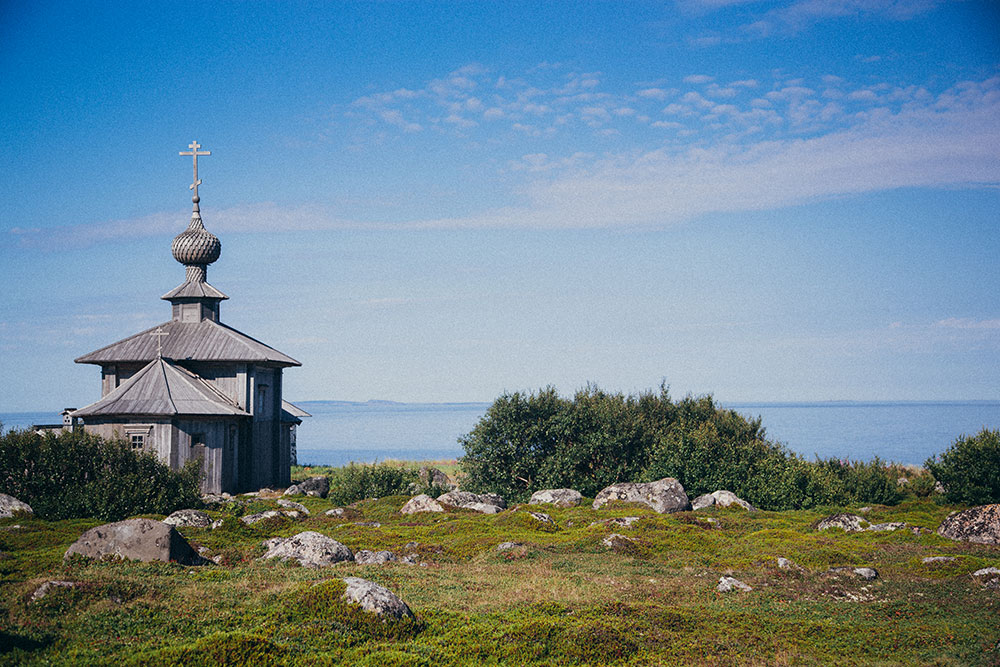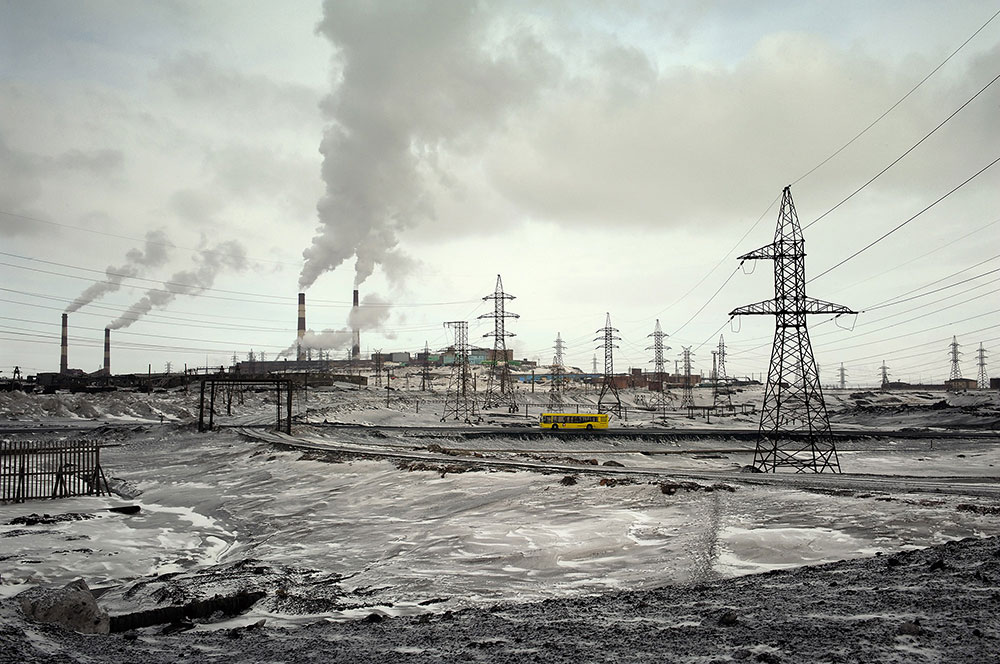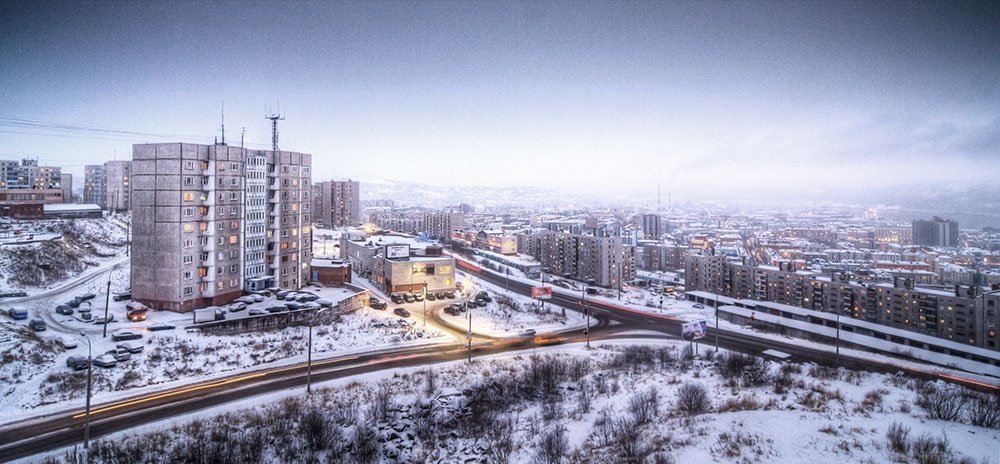Ice bloc: the brutalist beauty of the post-Soviet northern city
Six Stories from the Russian NorthPhotographer Egor Rogalev has dedicated himself to the visual exploration of the post-Soviet urban environment. He’s captured high-rise filled urban edgelands in St Petersburg, Moscow, Kiev, Minsk, Hong Kong and many other cities. Exclusively for The Calvert Journal he headed north to capture the brutalist beauty of Arkhangelsk and Severodvinsk.
Arkhangelsk sits on the banks of the Dvina river near its exit into the White Sea.
The town spreads for over 40 kilometres along the river banks and was the biggest port in Russia until the 18th century.
“With these pictures I wanted to understand the cityscape of the Russian North,” says Rogalev.
Thick snow in winter transforms the appearance of the city, turning it into a strange cross between a children’s playground and a desolate wilderness.
“Arkhangelsk is located just outside the Arctic Circle,” says Rogalev. “It doesn’t have the Polar night, but still it’s a very representative example of a northern city.”
Snow transforms the dark northern nights, reflecting pale streetlight into the sky.
“Arkhangelsk and Severodvinsk are a combination of different types of Soviet-era architecture — alongside a great deal of snow in winter,” says Rogalev.
One of the city’s characteristic traits is its traditional wooden buildings, which contrast with modern Soviet-era blocks.
“At the moment, wooden houses are being largely demolished to free space for malls and large contemporary living estates,” says Rogalev.
“Unfortunately”, he says, “the city is in danger of losing its unique character”.


